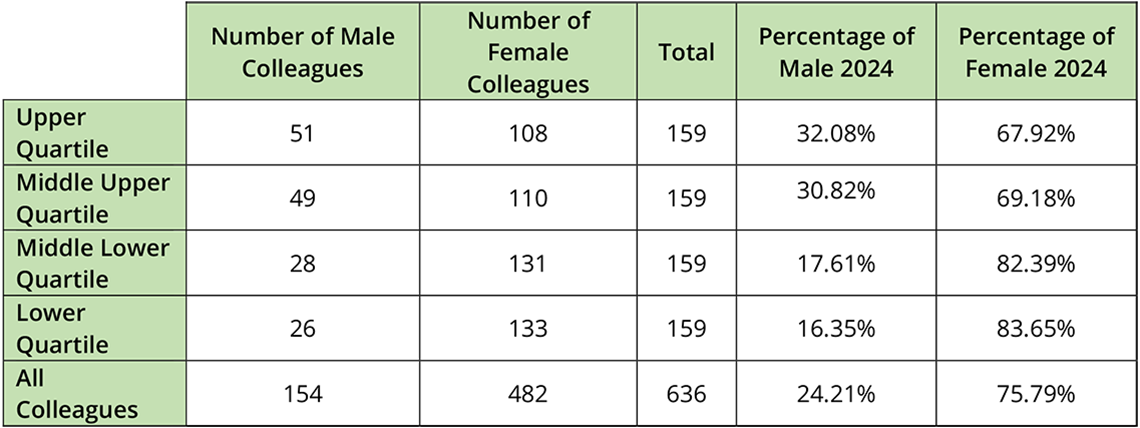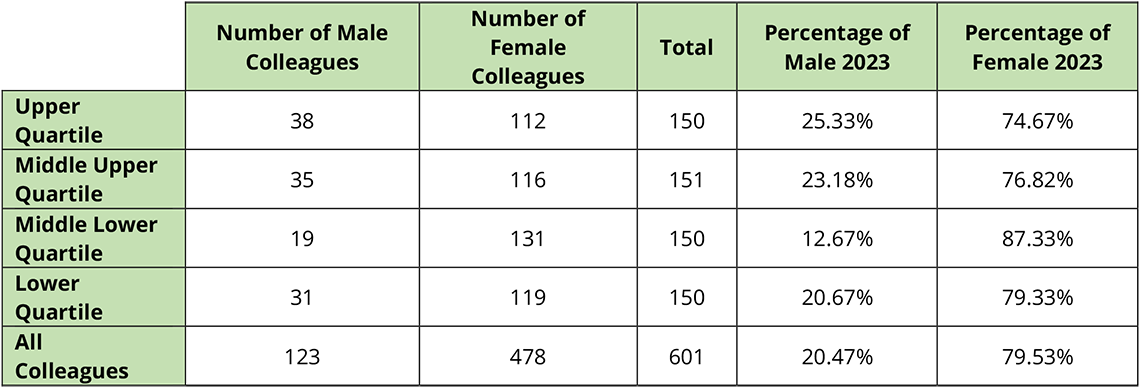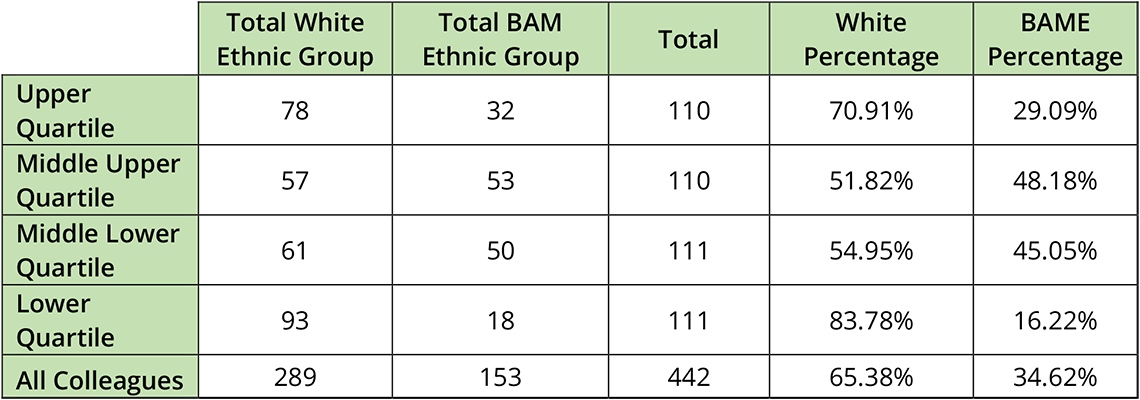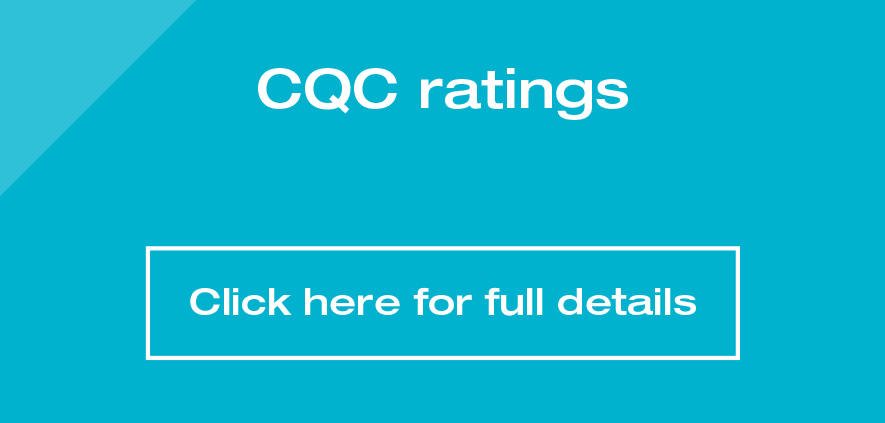Gender Pay Gap and Ethnicity Pay Gap Report 2024
(Snapshot Data from 5 April 2024)
Context and Background
The gender pay gap is the difference between the average (mean and/or median) pay of all male and female colleagues across all jobs at SJOG.
The ethnicity pay gap is the difference between the average (mean and/or median) pay of all white and black and minority ethnic (BAME) colleagues across all jobs at SJOG.
SJOG is not required to report on the ethnicity pay gap but has chosen to do so as a good employer and to ensure that there are no causes for concern.
A gender pay gap or ethnicity pay gap does not mean that men and women/white and BAME colleagues are paid at different rates for the same work. We work on the principals of equal pay for work of equal value at SJOG. Not to do so would be against our values of Hospitality, Compassion and Respect. It would also be illegal.
Background
In November 2021, the SJOG executives and trustees made the decision to become a real living wage employer. In 2024, the trustees agreed to increase the wages across the whole organisation by 5% and, also, maintained the real living wage accreditation.
Gender Pay Gap
Quartiles
The Government requires that organisations rank all staff according to pay and split them into four equal parts (quartiles) then publish what proportion of each quartile is male or female. The tables below shows our proportions in each quartile in both 2024 and 2023 as at the snapshot date of 5th April in each year.
Table 1: Proportions of Male/Female colleagues in each quartile as at 5th April 2024

Table 2: Proportions of Male/Female colleagues in each quartile as at 5th April 2023

Gender Pay Gap - Mean
The mean pay gap is the difference between the average pay of all men, and the average pay of all women in the organisation.
The data within our gender pay gap report relates to a snapshot of our data from 5th April 2024, which is required to be published in by 4th April 2025.
Women are well represented at all levels of the SJOG pay and grading structure, which is reflected in our Mean Gender Pay Gap of 5.5% which is slightly less than 2023 (6%), It is also favourable to UK Gender Pay Gap percentage of 7%.
Gender Pay Gap – Median
The median pay gap is calculated by using the middle point, in order of pay, for both males and females and comparing the rate of pay for the median in each group. The SJOG Median Gender Pay Gap is 0%, meaning the median pay in 2024 is equal for both males and females. This compares favourably to the SJOG Median Pay Gap in 2023 which was 9%.
The median hourly rate for all colleagues is £12.36, for males and females it is the same median hourly rate of £13.50. The median gender pay gap for the UK in 2024 is 13.2%.
SJOG does not pay bonuses and therefore is not required to report on this area.
Ethnicity Pay Gap
At 5th April 2024, 153 out of 636 colleagues declared whether they were of a black and minority ethnic background (BAME); 194 colleagues did not declare their ethnicity.
The table below shows our proportions in each quartile for 5th April 2023 and 5th April 2024 (the same as the snap shot date for the Gender Pay Gap).
Table 3: Proportions of white/BAME colleagues in each quartile at 5th April 2024

Table 4: Proportions of white/BAME colleagues in each quartile at 5th April 2023

Mean Ethnicity Pay Gap
The mean hourly rate for those colleagues declaring their ethnicity at 5th April 2024 was £14.94, £14.09 for those with a Black and Minority Ethnic Background and £15.39 For those with a white ethnic background. This results in the mean ethnicity pay gap being 8.45% which is higher than the 2023 reported value of 5.54%. The UK does not calculate the mean ethnicity pay gap.
Median Ethnicity Pay Gap
The median hourly rate for colleagues declaring their ethnicity at 5th April 2024 was £12.86, £13.50 for those with a Black and Minority Ethnic Background and £12.05 for those with a white ethnic background. This reflects a -12% median ethnicity pay gap which is possibly representative of the differentials in North/South salaries and ethnicity.
Andrea Tomlinson
Head of Finance & People





